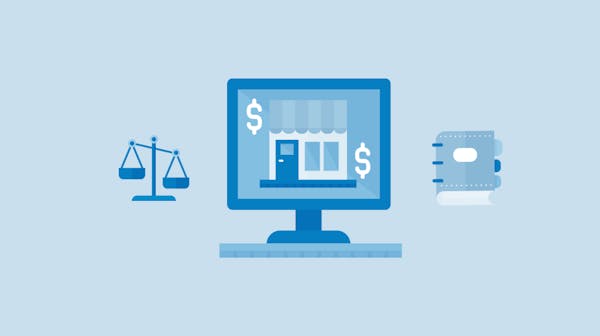An essential invoice should feature key elements such as a unique identification number, detailed seller and buyer information, a concise description of goods and services, transparent itemized pricing, accurate tax information, and explicit payment terms. But to fully understand why each of these elements is crucial, and to avoid common errors, it's important to delve into the specifics of each component.
Deciphering the Essential Elements of an Invoice
Invoices are not just a formality; they are a vital part of business transactions. They serve as a record for sales, a request for payment, and are often required for accounting and tax purposes. Invoices also have significant legal implications because they provide evidence of the agreed-upon terms between a seller and a buyer.
Indispensable Elements of an Effective Invoice
Every invoice you generate must comprise these indispensable elements of an invoice:
- Unique Identification Number
A unique invoice number is crucial and should follow a sequence. One common practice is to start with the year and a sequential code (e.g., 2023-001). Avoid generic numbers and ensure they don't repeat to maintain clear records.
- Seller's Information
This implies your business name, contact details, and possibly your tax registration number. Including a tax registration number on your invoice is mandatory if your business is registered for VAT or other taxes. This helps in identifying the business for tax purposes and must be present if an invoice includes any tax charges.
- Buyer's Information
Similarly, the buyer's name, address, and contact details must be present on the invoice, making it clear who is obliged to make the payment.
- Description of Goods and Services
Detailing what the buyer is paying for is a must. Include quantities, unit prices, and any other pertinent details to provide clarity on the transaction.
- Dates: Issue Date and Due Date
These dates are crucial for defining the payment timeline. The issue date indicates when the invoice was created while the due date specifies when the payment is expected.
- Itemized Pricing and Totals
Along with individual item prices and totals, be explicit if you're offering discounts or have bundled pricing. For discounts, show the original price, the discount percentage, and the final price. Bundled items should be listed together with the total package price detailed.
- Tax Information
If applicable, include tax rates and the total amount of tax charged. This information is vital for both parties' tax records.
- Payment Terms and Methods
Typical payment terms include net 30, net 60, or upon receipt. Preferred payment methods might be direct bank transfers or online payments, as they are traceable and quick. Clearly state preferred methods and include necessary details like bank account numbers.
Additional Elements for Enhanced Clarity
Other elements can also play a pivotal role in making invoices crystal clear:
- Invoice Reference Numbers
Use reference numbers whenever an invoice is connected to a contract, purchase order, or agreement. This helps both parties track the transaction in relation to previous agreements or orders.
- Contact Information for Invoice Inquiries
Provide a direct line of communication for any questions or disputes on the invoice to mitigate misunderstandings or delays.
- Notes or Additional Information Section
Here, you can include any additional terms, conditions, or notes that could be relevant to the transaction or required by industry standards.
Adopting Best Practices for Invoice Creation
Creating clear and compliant invoices is a skill that will help smooth the payment process and maintain good customer relations.
- Ensuring Completeness and Clarity
A comprehensive invoice encapsulating all necessary elements should list every service or product offered, eliminating any potential ambiguity. Look towards templates for structured formatting. Visual aids, like charts or graphs, can be added for services with multiple billing points to enhance understanding.
- Leveraging Technology for Accuracy and Compliance
Utilize online invoicing platforms like Invoice Online, which allow you to create invoices right away in your browser, streamlining the entire process.
- Reviewing Legal Requirements per Jurisdiction
To stay updated on legal requirements, consult local business bureaus, industry publications, or legal counsel. Regularly reviewing these resources ensures you are aware of any changes to invoicing laws which may affect your business.
Common Mistakes to Avoid
A well-structured invoice is more likely to be processed without delay.
- Omitting Mandatory Invoice Elements
Failing to include crucial information can lead to legal and financial complications.
- Inconsistent or Unclear Descriptions
Ambiguity in invoice descriptions can result in disputes and delayed payments.
- Failing to Keep Proper Records
To ensure your invoices are simple, secure, and well-tracked, consider using InvoiceOnline for clear invoice management and to avoid common invoicing mistakes.




